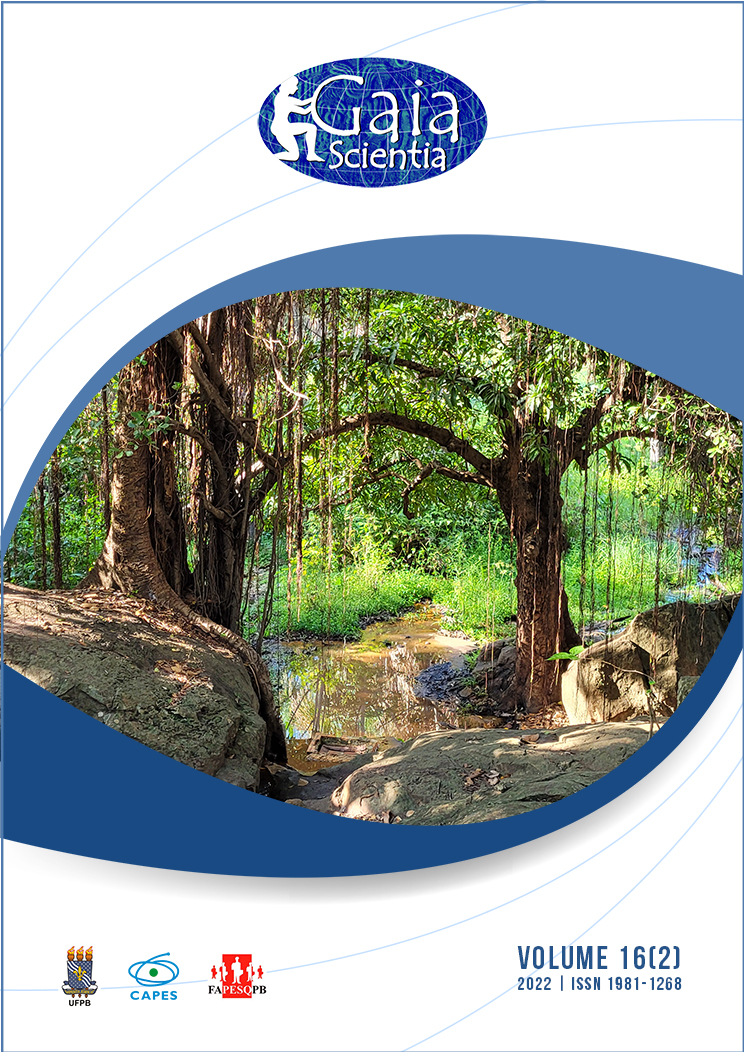Sensing and Bee Flora Inventory in a Caatinga Area in Northeast Brazil
Abstract
The unsustainability context of Brazilian ecosystems, specifically the Caatinga biome, has been marked by human pressure that puts its biodiversity at risk. Bee flora thus becomes vulnerable and the life of native bees is threatened, as they depend exclusively on the flowering of certain species and contribute by pollinating the ecosystem. Given the relevance of this biome’s conservation, this study aimed to identify the uses and land cover through the NDVI, LST, and WSVI indexes, in a Caatinga area in the Sertão region of Paraíba State, in a dry and a rainy season, and to evaluate its influence on the richness of the bee flora through its inventory. We used satellite imagery and remote sensing to analyze these indexes and survey bee flora. Results showed variability of vegetation and exposed soil areas for the examined periods. The LST and WSVI indexes showed, respectively, low temperatures (27ºC) and higher humidity in areas with vegetation in the rainy season. It presented another landscape with greater diversity, especially of herbaceous species, which influenced the increase in flowering, furthering the activity of bees that need vegetation to feed.










